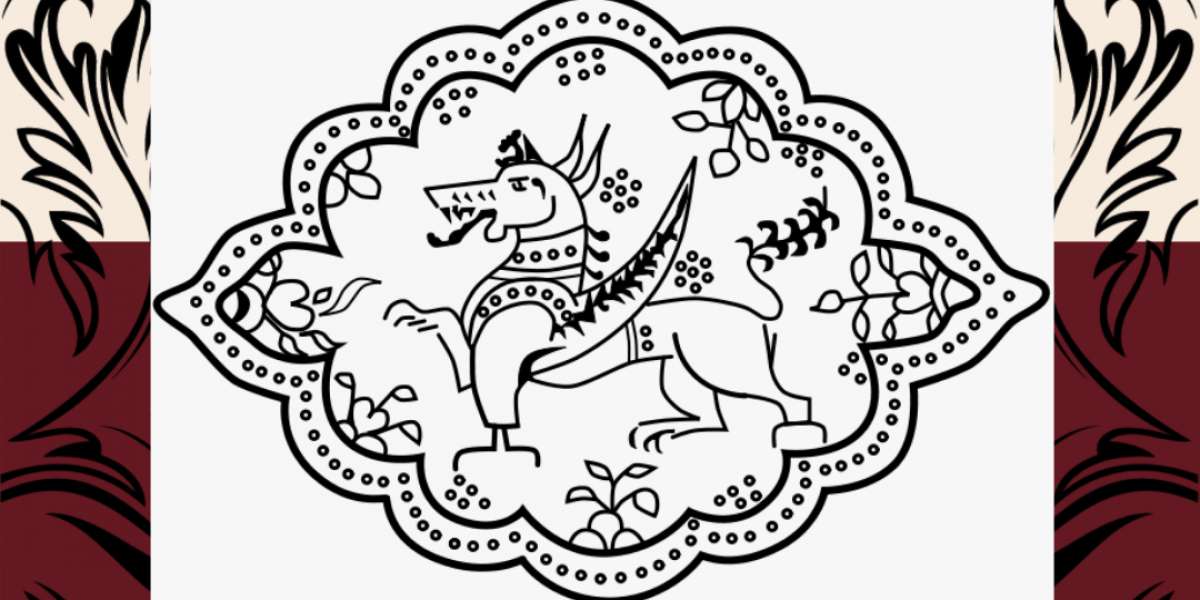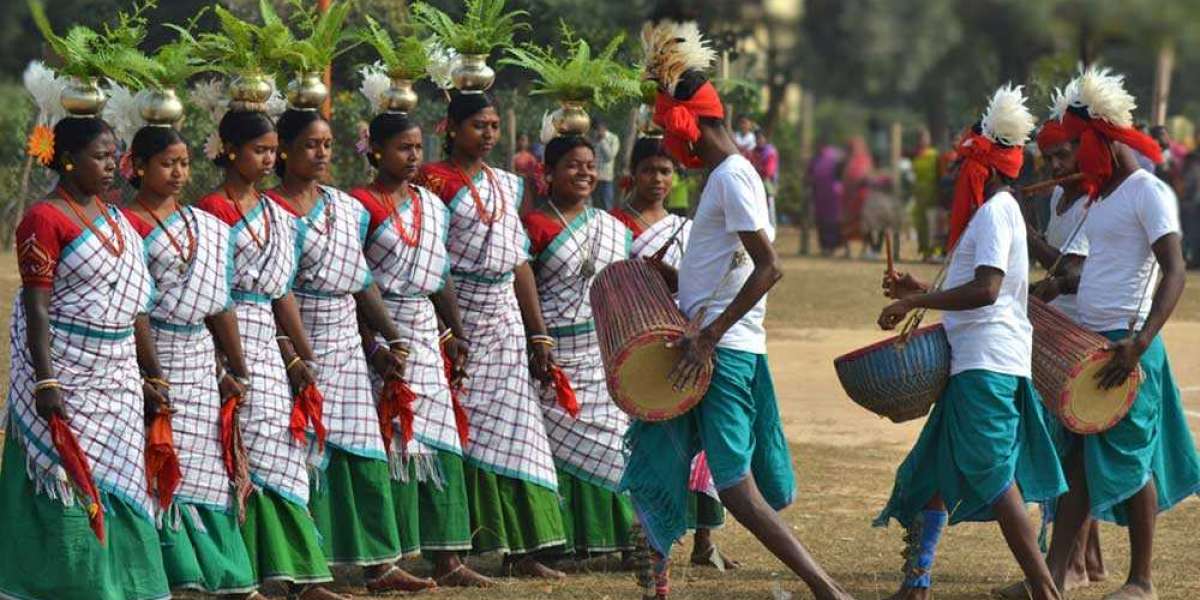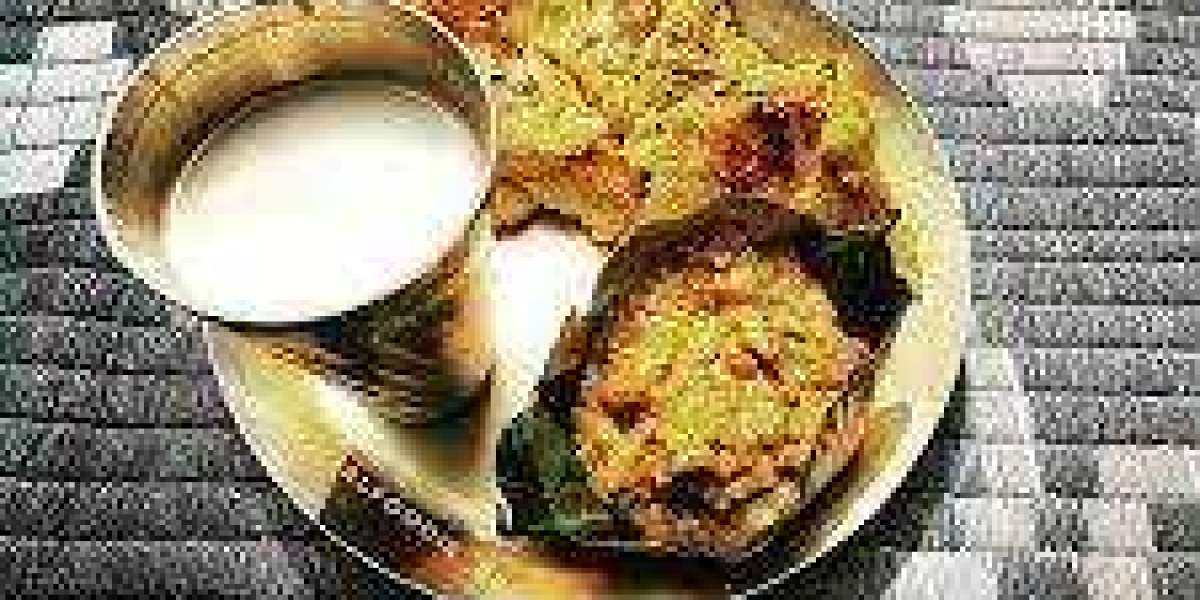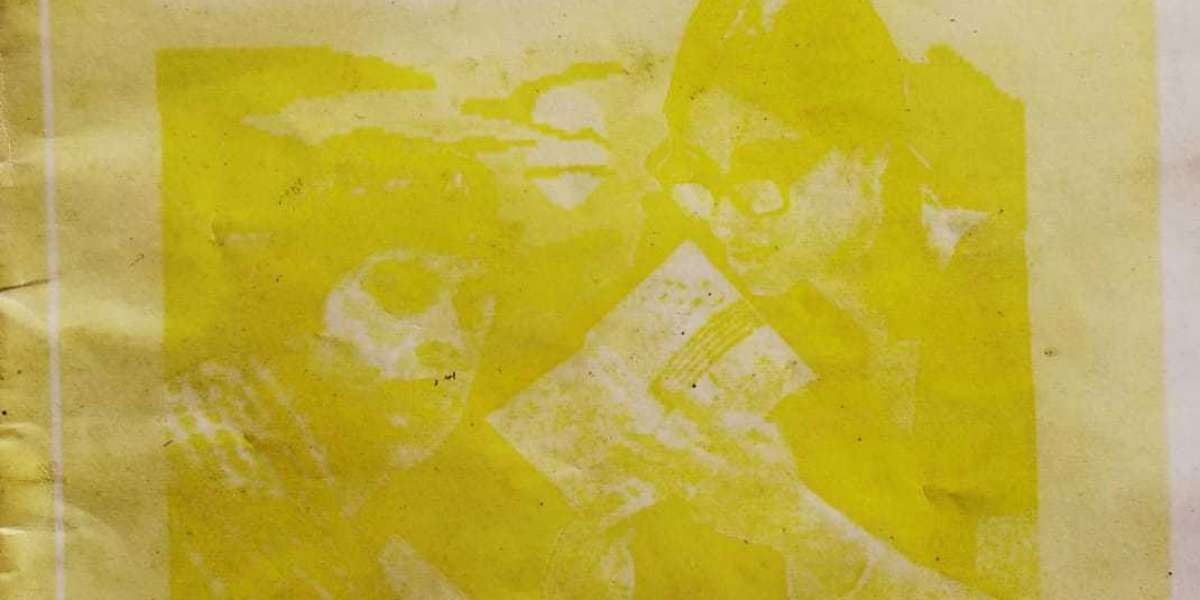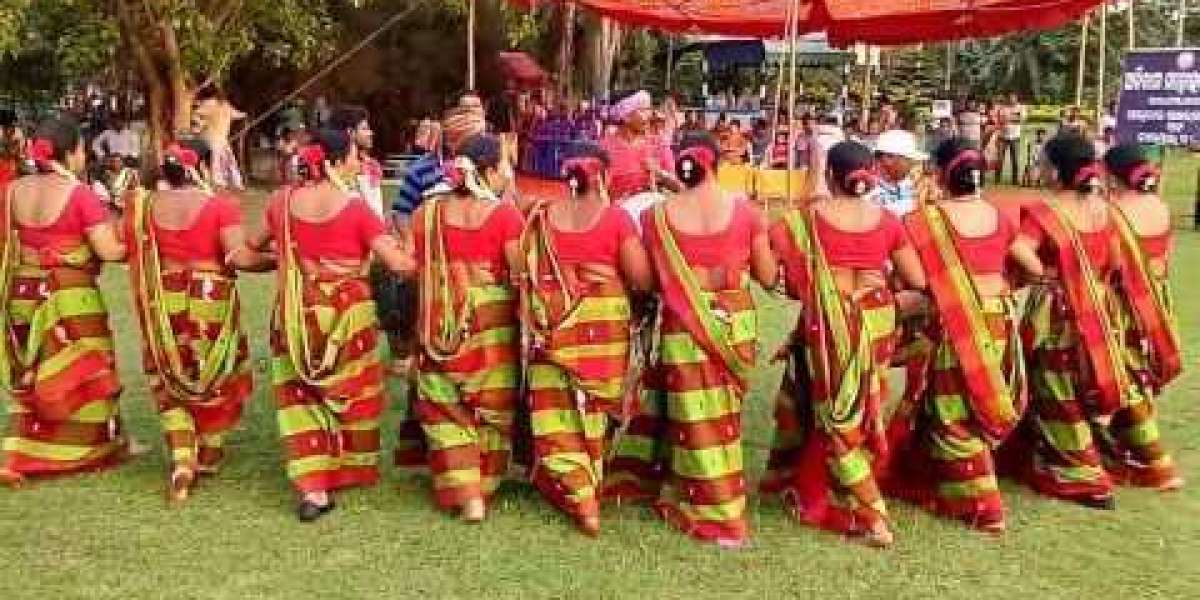INTRODUCTION:
Situated in the northeastern region of India, the multi-ethnic hotspot, Assam has always been a vibrant society since time immemorial. This state has always been home to many ethnic groups. The Brahmaputra River in Assam makes this state even more extraordinary because of the fertile lands and the biodiversity present there.
PRESENT-DAY ASSAM IN INDIA MAP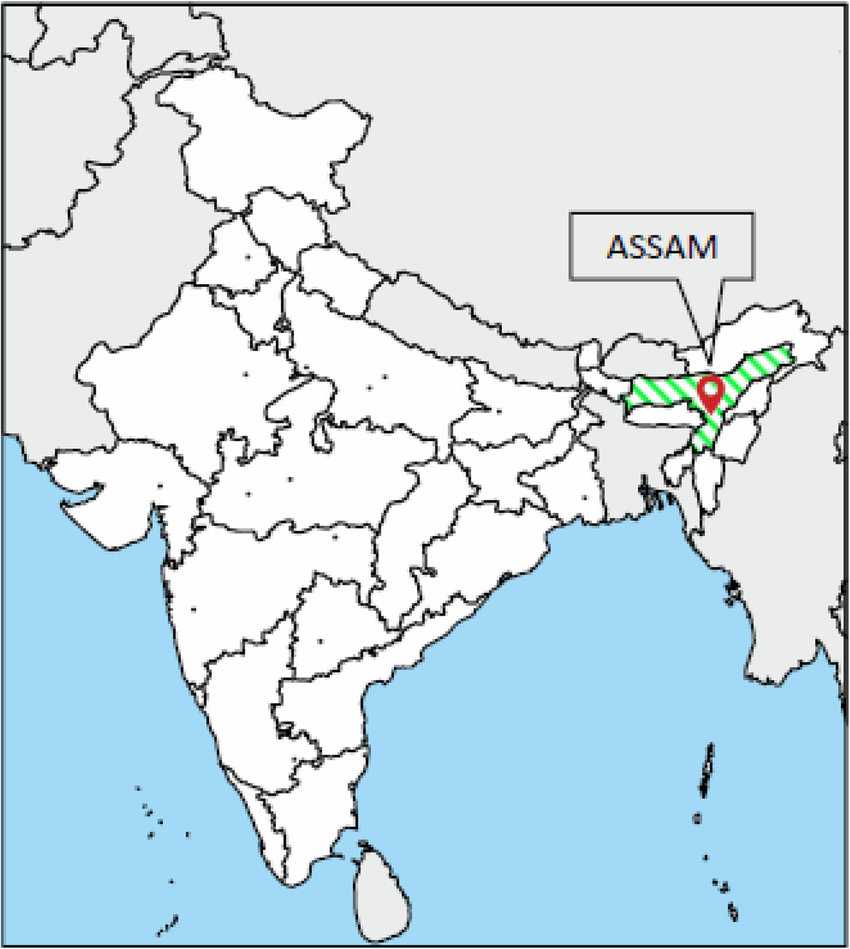
HISTORY:
It is believed that they are a descendant of the Tai caste who came to the Brahmaputra Valley in 1220 with their Tai prince Sukaphaa and ruled the region for six centuries. Sukaphaa and his followers established the Ahom dynasty in Assam. They came from Burma and settled near the Bramhaputra river. Today the Ahoms are found concentrated in this region. They established the Ahom kingdom (1228–1826 CE), which controlled most of the Brahmaputra Valley in modern Assam until 1826.
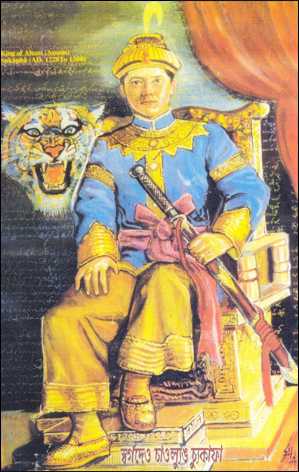
SUKAPHAA
-AHOM KINGDOM
The Ahoms established their kingdom in Assam in 1226 under the leadership of a ruler named Sukaphaa. He ruled Assam for almost 40 years. Ahom kings were called "Chao-Fa" in the Tai language. He made Charaideo his capital in 1253. He respected the culture of the other tribes living in Assam, promoted intercaste marriages, and laid the foundation of a strong society.
THE AHOM KINGDOM
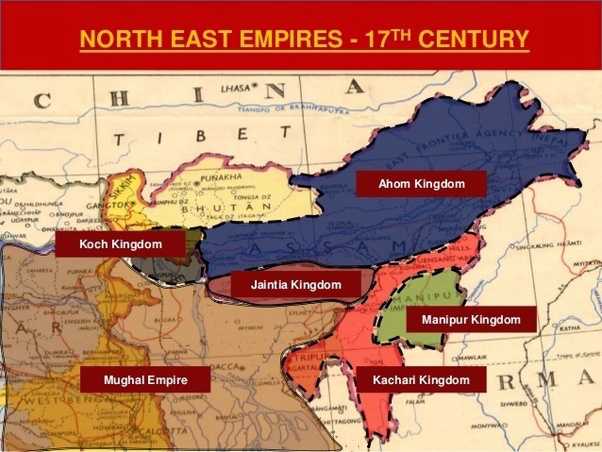
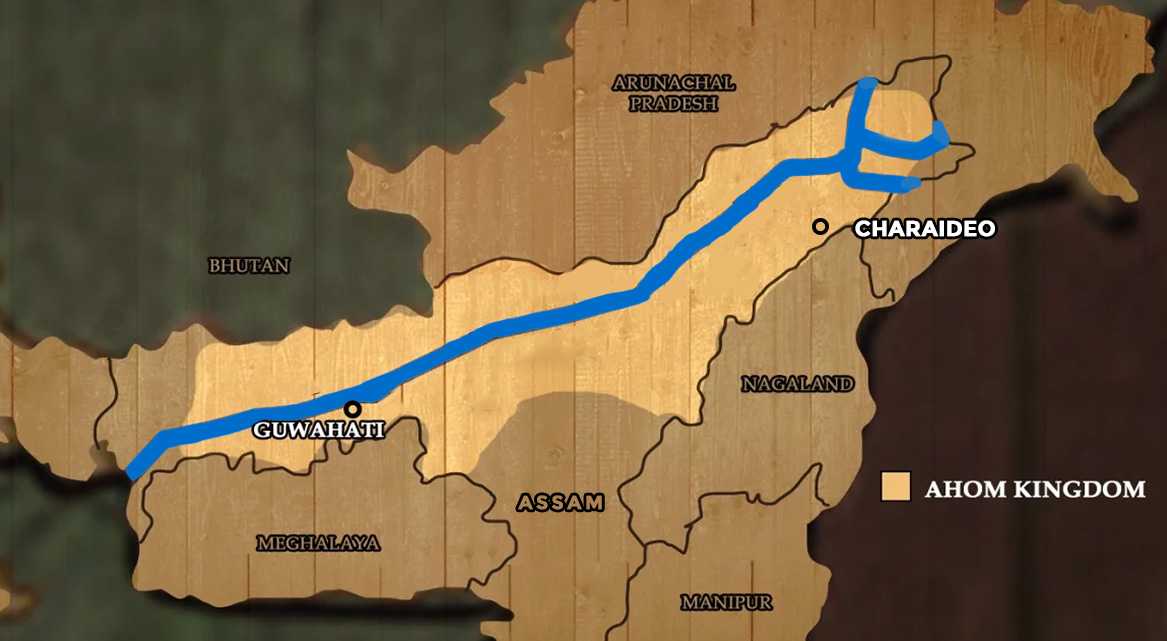
-CHECK AND BALANCE SYSTEM
There was a system to keep a check on the king. King used to have 5 ministers. Those ministers had the power to keep a check on the king and also to make sure that the king is doing his job. They even had the power to remove the king. Power-sharing among the king and the ministers was practiced so that no one is more powerful than the other and that's how a balanced government was established.
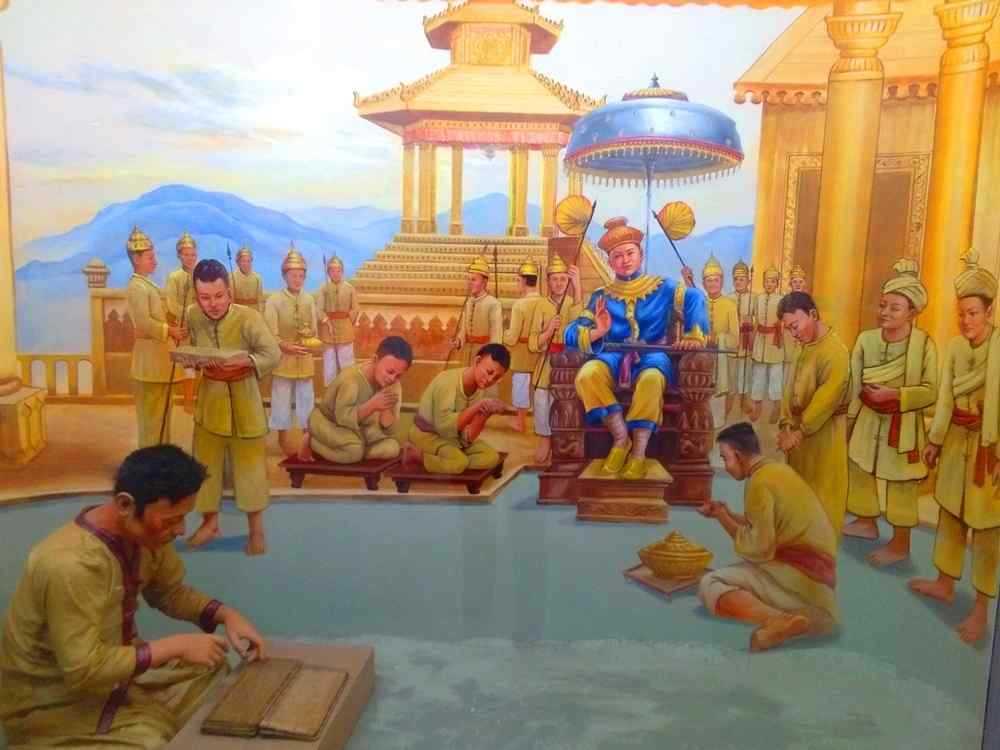
-AHOMS AND MUGHALS CONFLICT
The Mughal Empire, a huge empire at that time. The first attack of the Mughals on the Ahom Kingdom took place in the year 1615 and the last attack was in 1682. During this time they fought 18 times. The Mughals were interested in Assam because of the Bramhaputra River and the fertile region near the river. Also by commanding the northeast the Mughals could efficiently manage the trade route to Eastern Asia.
In 1667 the Ahoms lost to Mughals. They lost Guwahati, their capital, two Ahom princesses were taken away by the Mughals as hostages.
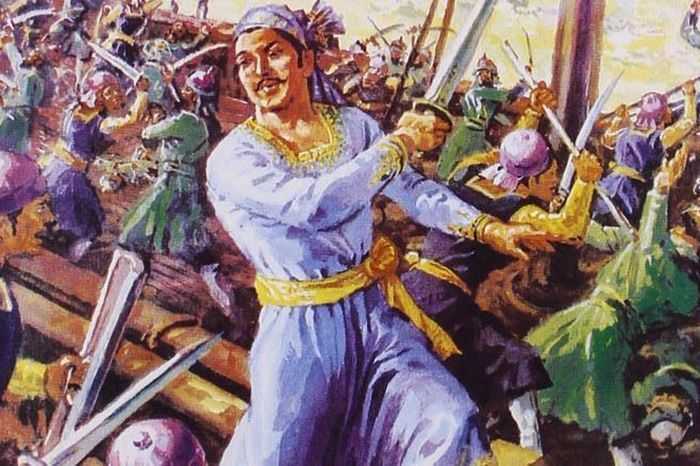
-THE BATTLE OF SARAIGHAT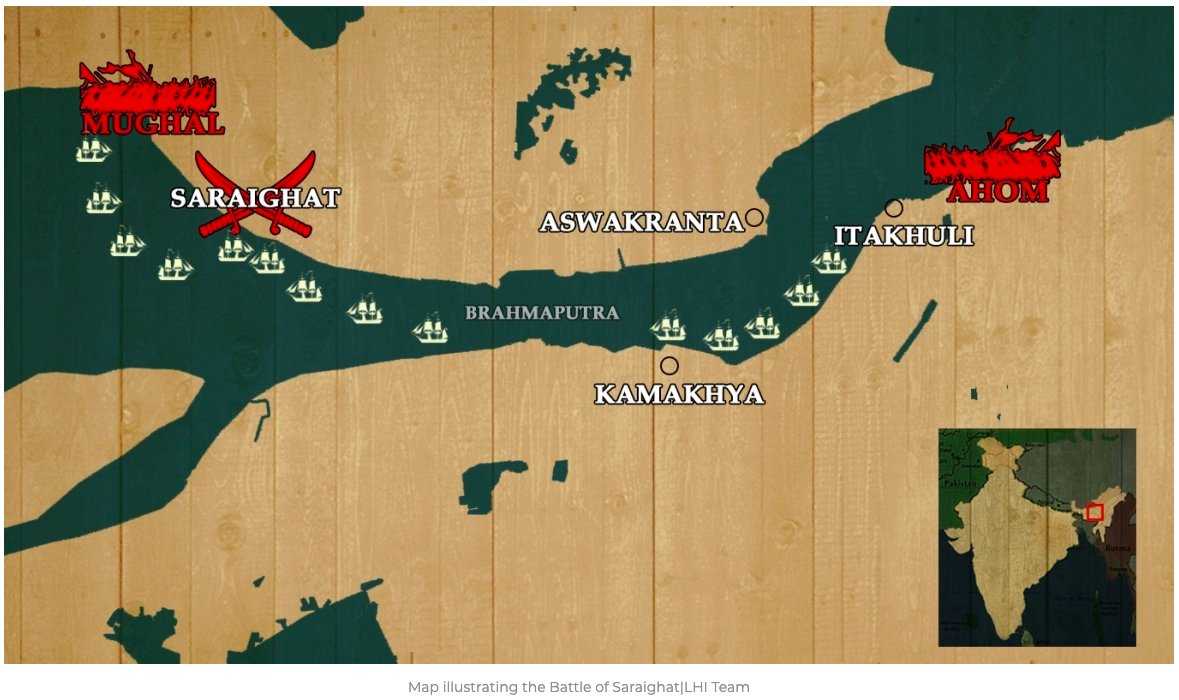
The tale of Ahom Kingdom is incomplete without mentioning Lachit Borphukan and the battle of Saraighat. Lachit manifested such valor in this battle which has no equal. Lachit Borphukan was the man who won back Guwahati from the Mughals. But he was aware of the fact that the Mughals. The Mughals came back with a large army. It seemed impossible to defeat them. There came a time when Lachit became very ill in the middle of the war. But he did not take any kind of rest and fulfilled his responsibility and he won the victory very bravely.
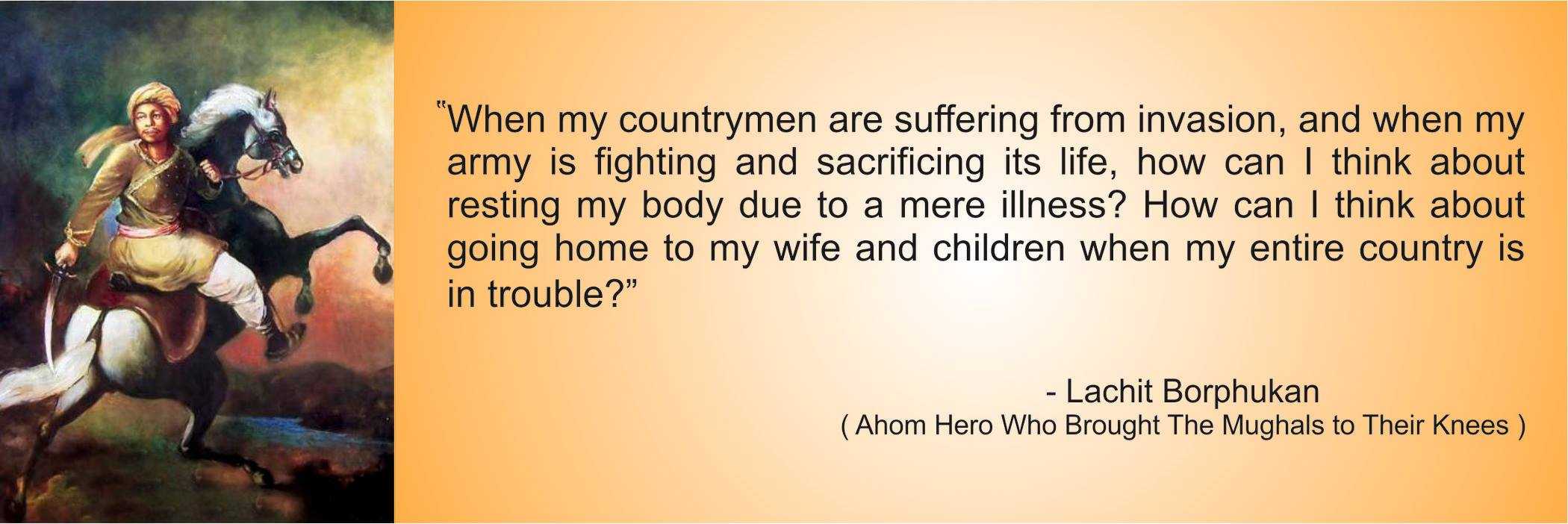
Every year 24th November is celebrated as Lachit Diwas. The best cadet of NDA is given a gold medal in Lachit's name.
LANGUAGE, SCRIPT, AND LITERATURE:
Ahom people are truly developed. They had Their own developed writing system which is a Tai-Kadai script known as the Ahom script. Until the 17th century, Ahoms spoke in Tai language. But nowadays due to the dominance of the Assamese language, they lost their old linguistic identity. In the present day, the new generation speaks it as their own mother tongue.
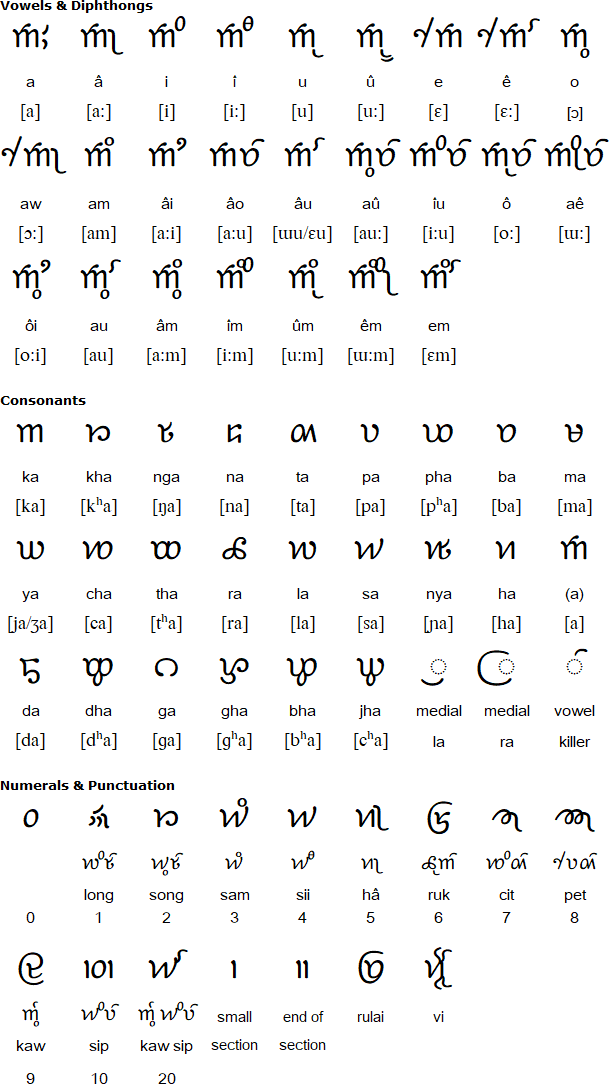
-BURANJI
Buranji is a historical work written in the Assamese language. Archaeological articles of Ahom Rajya Sabha have been compiled in Buranji. The first Buranji was written on the orders of the first king of Assam, Sukaphaa.
Initially, they were composed in the Ahom language, later the Assamese language became the medium of these historical articles. In it, mention of major events of the state, war, treaty, proclamation, miscellaneous work of ambassadors and governors, exchange of delegation, etc. - details of daily work of king and minister are also highlighted.
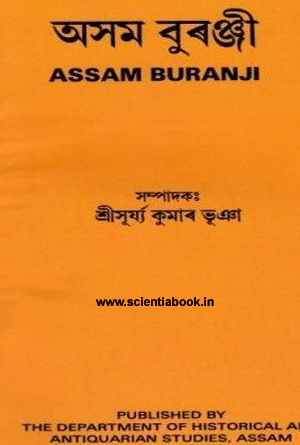
-Types of Ahom manuscripts
- History (Buranji)
- Creation stories
- Spirit calling texts
- Mantras and prayers
- Predictions and augury
- Other priestly texts, relating to the performance of rituals, such as those translated in Tai Ahoms and the Stars.
- Calendar
- Stories
- Lexicons
- Writing Practice, manuscripts that involve copying the written syllables of Tai Ahom in alphabetical order presumably used to teach the script.
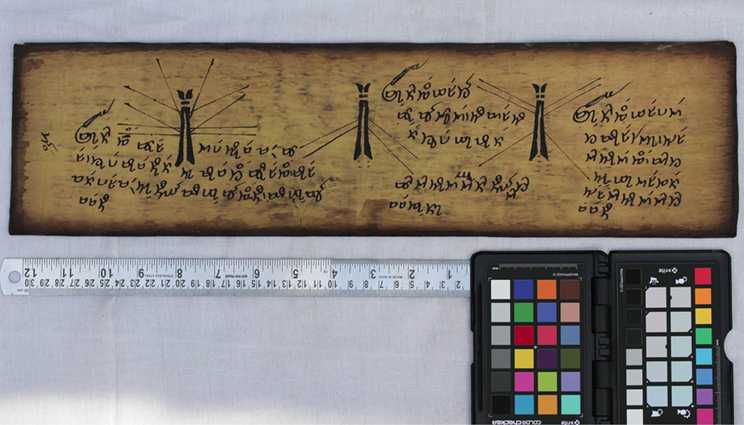
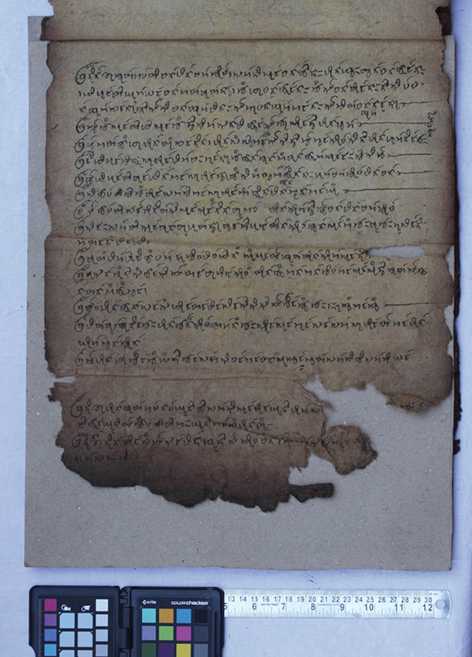
AHOM ARCHITECTURE:
The architecture of the Ahom tribe was pretty similar to other Mongolian ethnic groups of Asia. It is a quite fascinating fact that during the Ahom rule most of the creations were made using bora rice and duck eggs; Instead of cement.
charaideo maidam
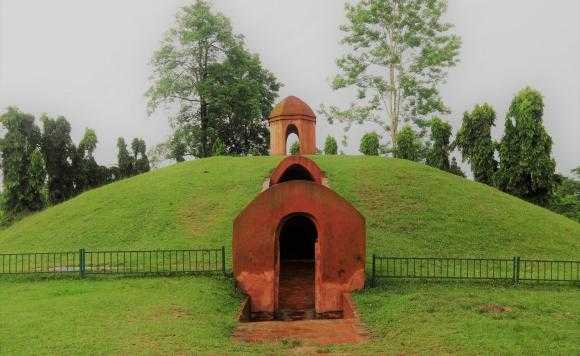
Garhgaon palace, Sivasagar 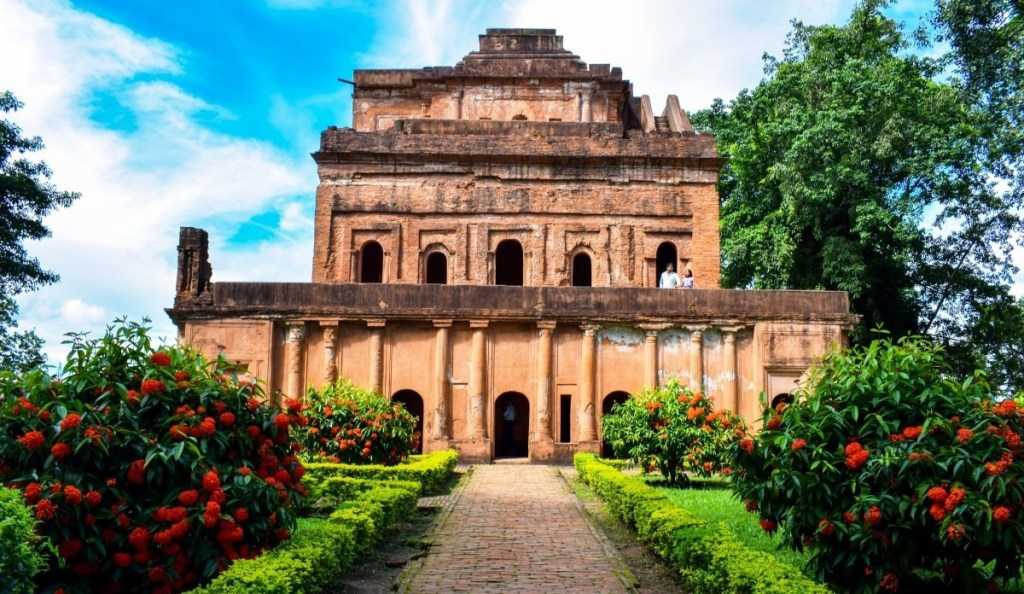
Umananda temple, Guwahati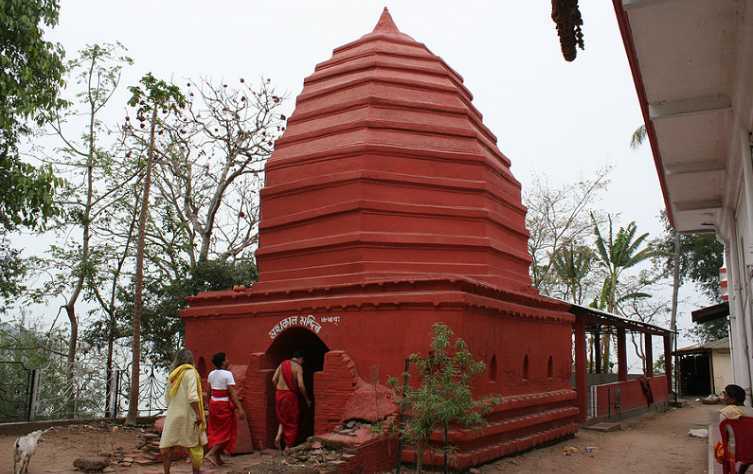
Garakhiya dol 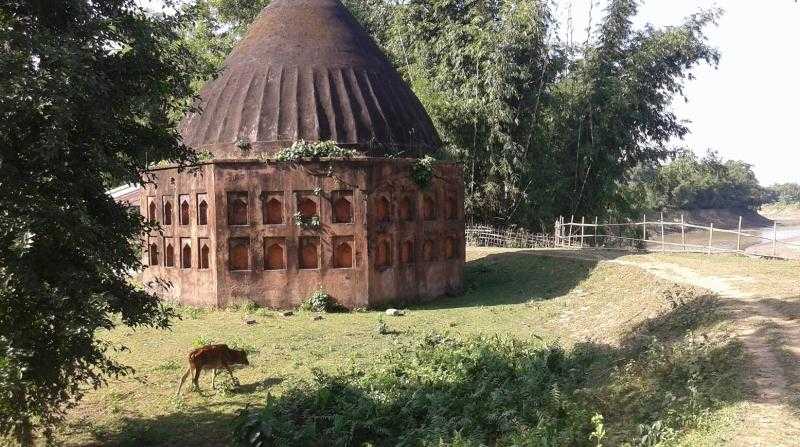
Talata Ghar, Rangpur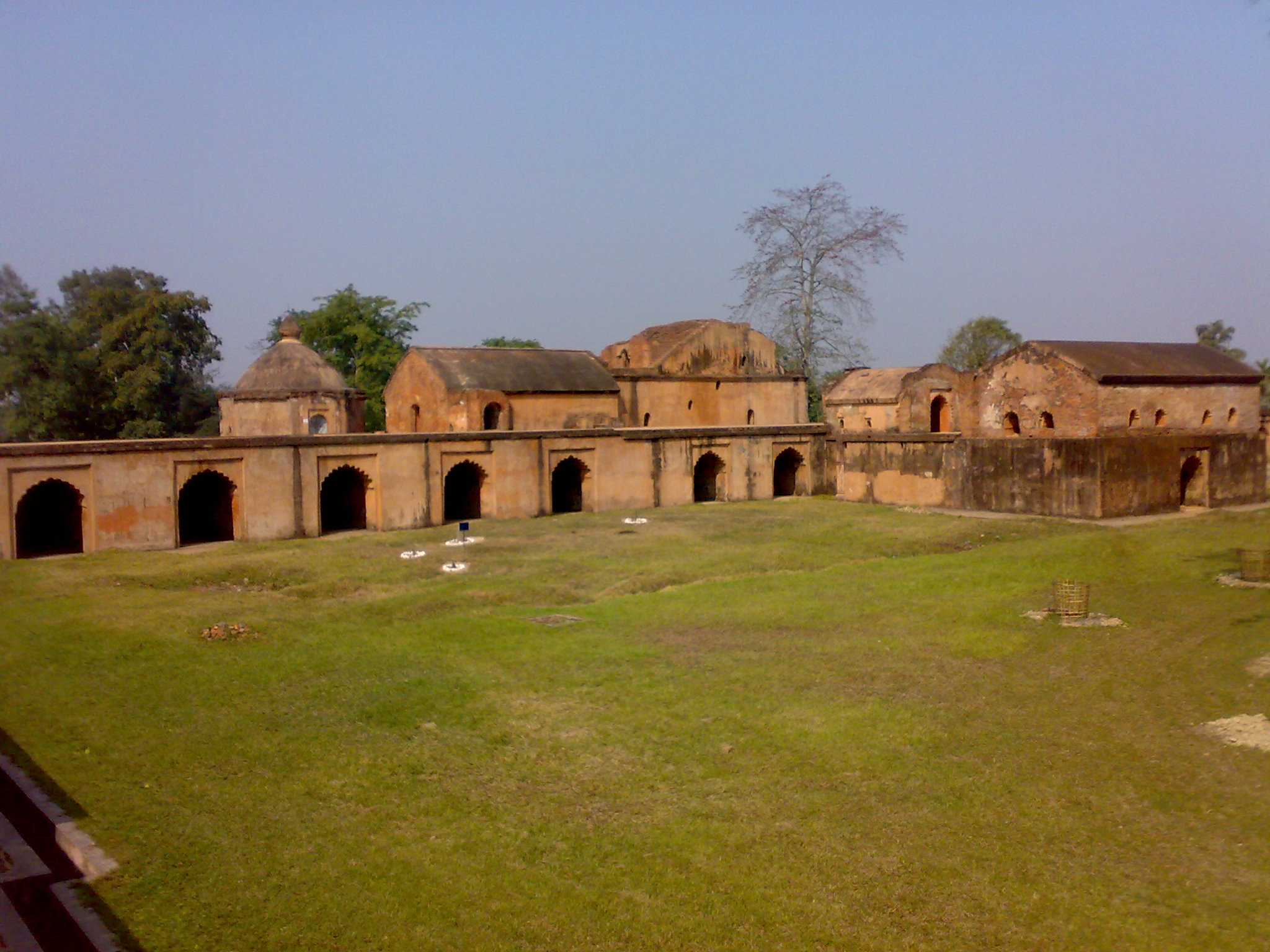
RANGGHAR, SIVASAGAR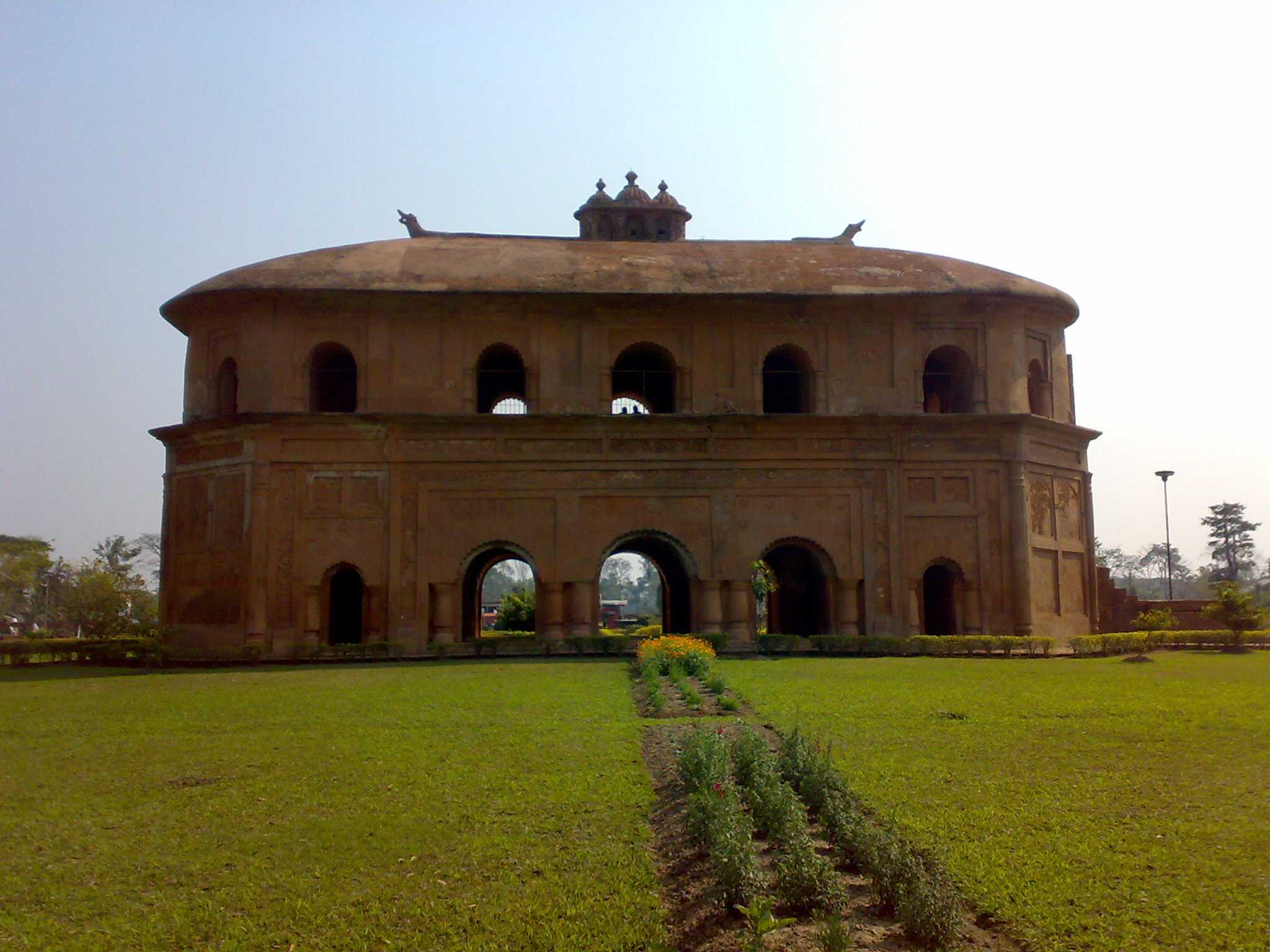
TRADITION AND CULTURE:
-TRADITIONAL ATTIRE
FOR WOMEN
- Kingkhap Mekhela
- Cotton Riha
- Turban
- Uka Mekhela
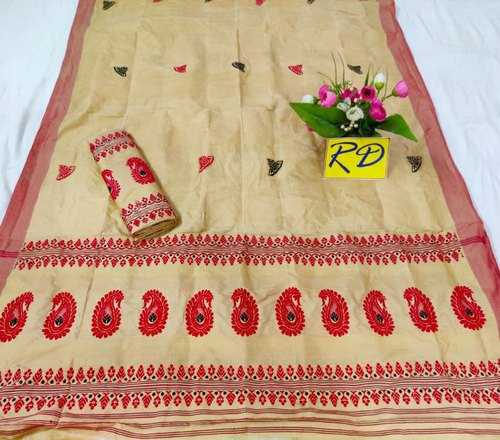
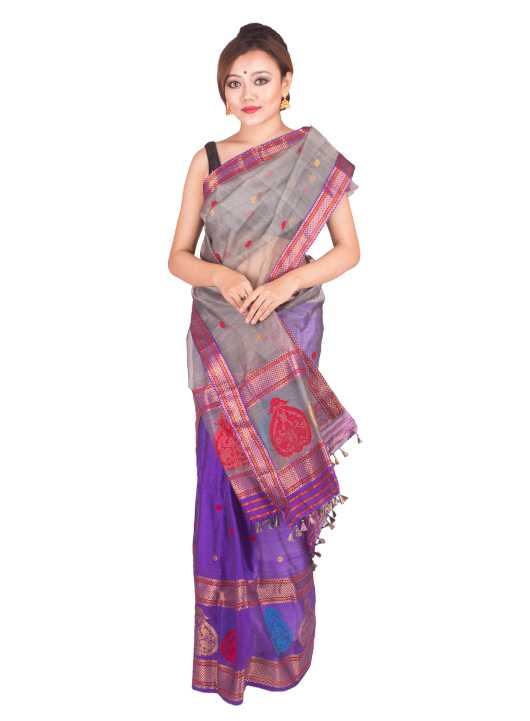
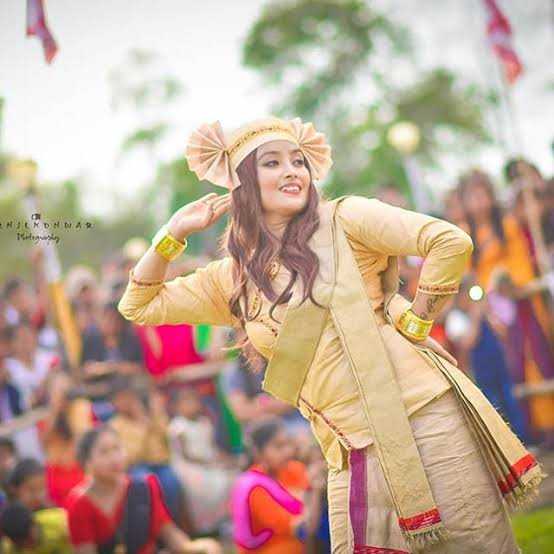
-ORNAMENTS
- Golpota or Necklace
- Junbiri
- Dholbiri
- Gamkharu
- Dugdugi
- Bena
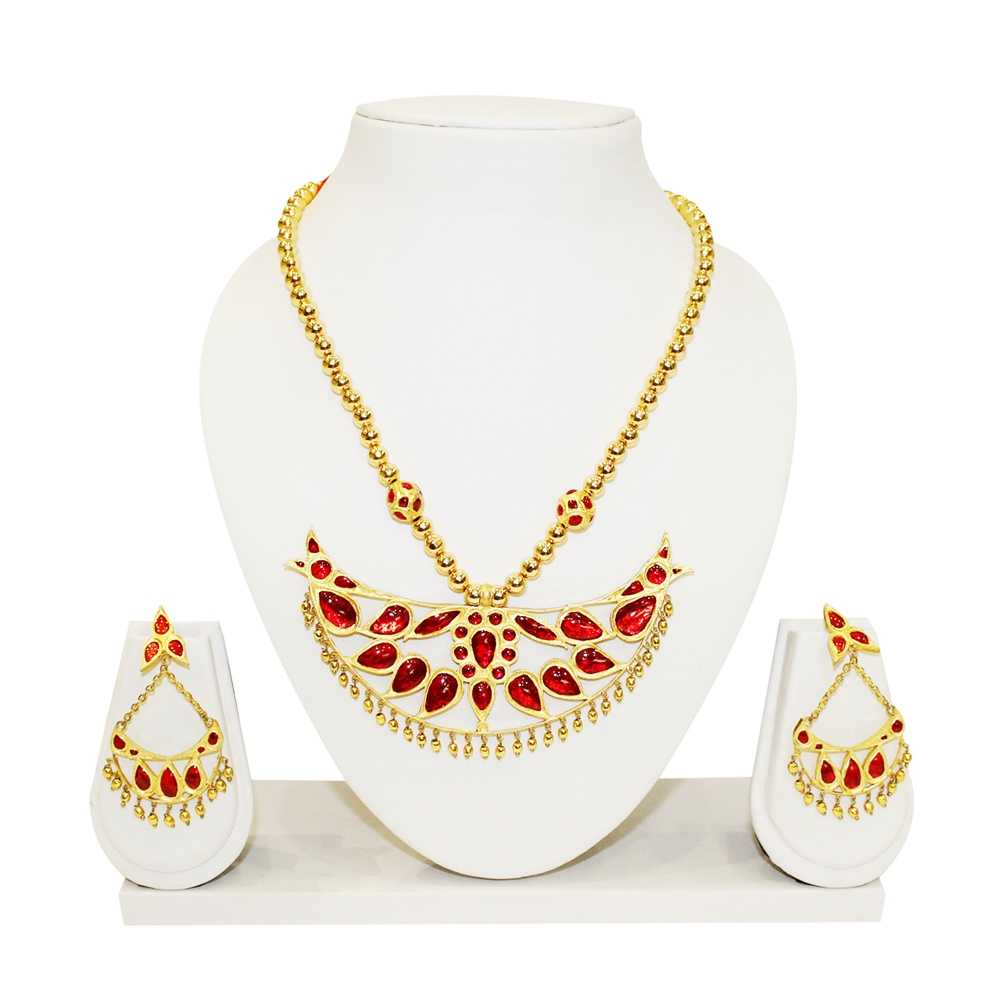
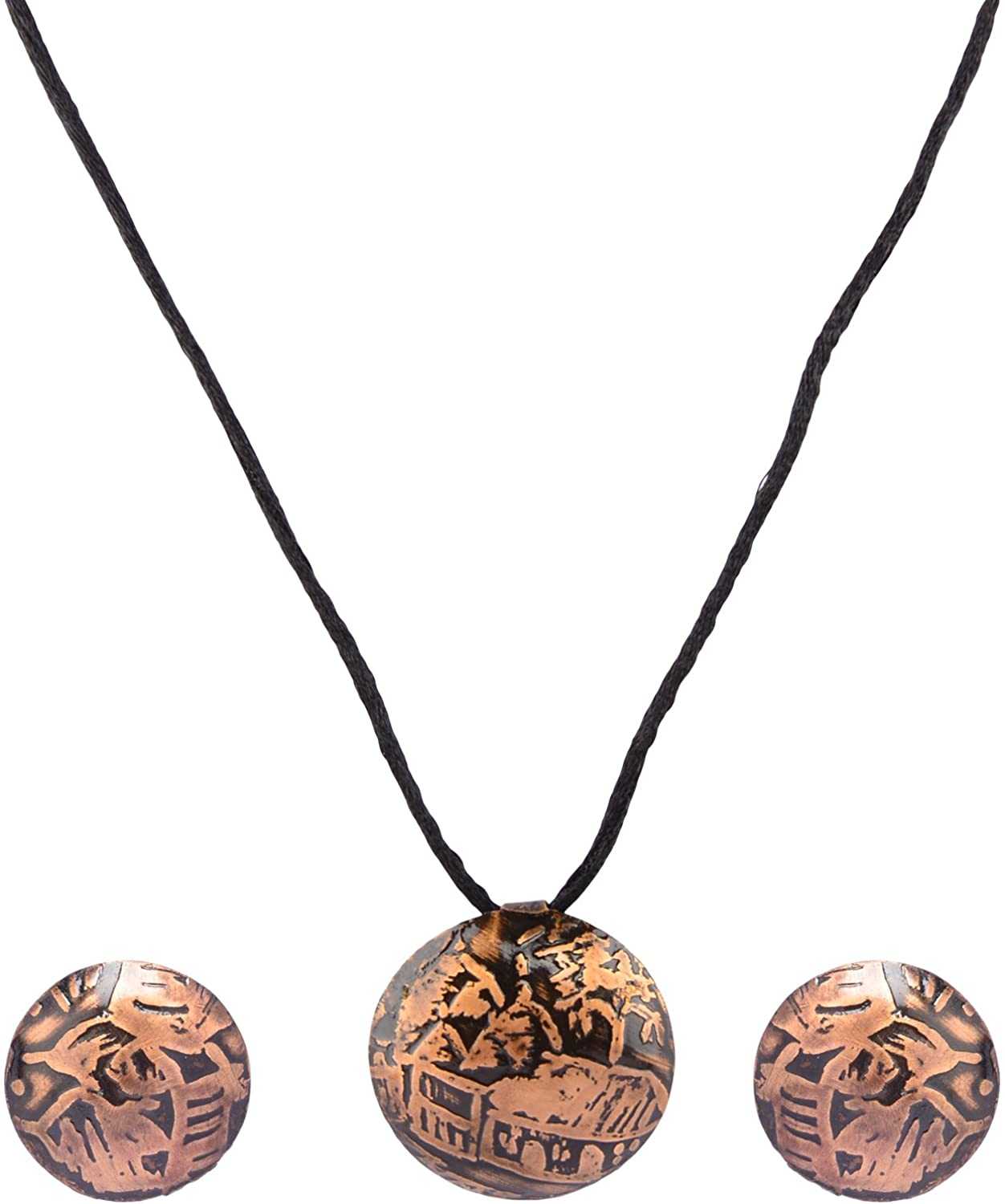
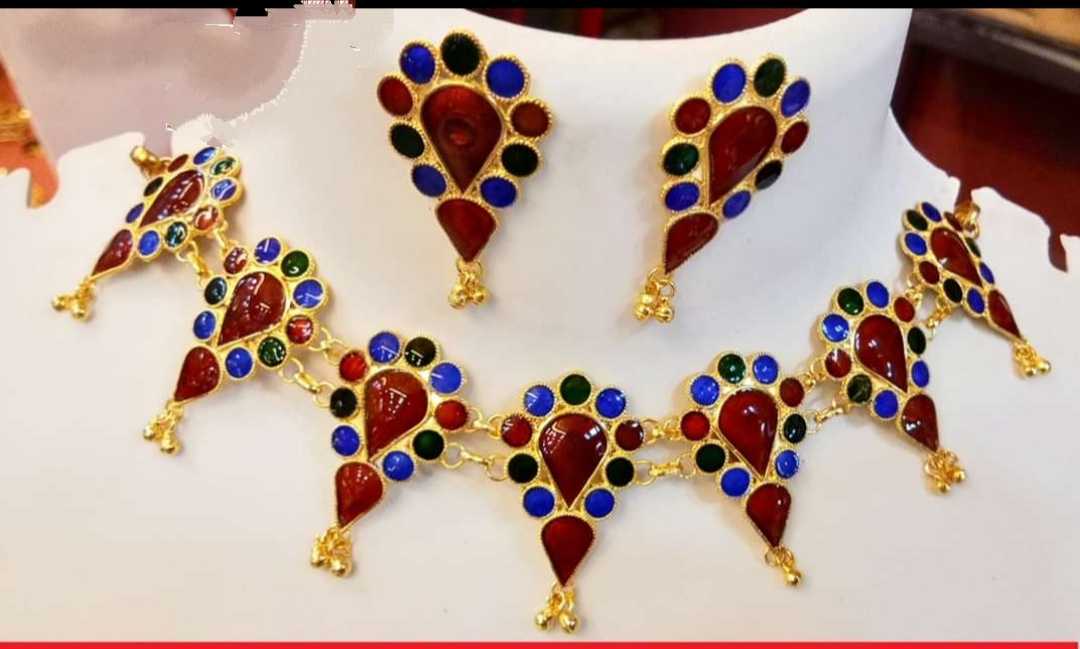
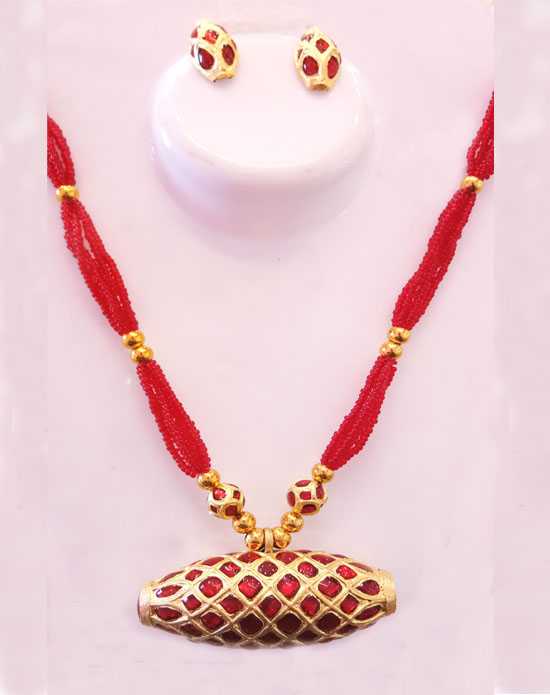
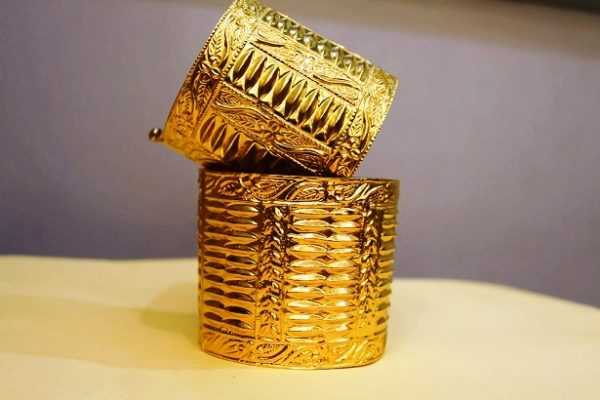
FOR MEN
- Chapkon
- Turban
- Cheleng
- Enga Sula
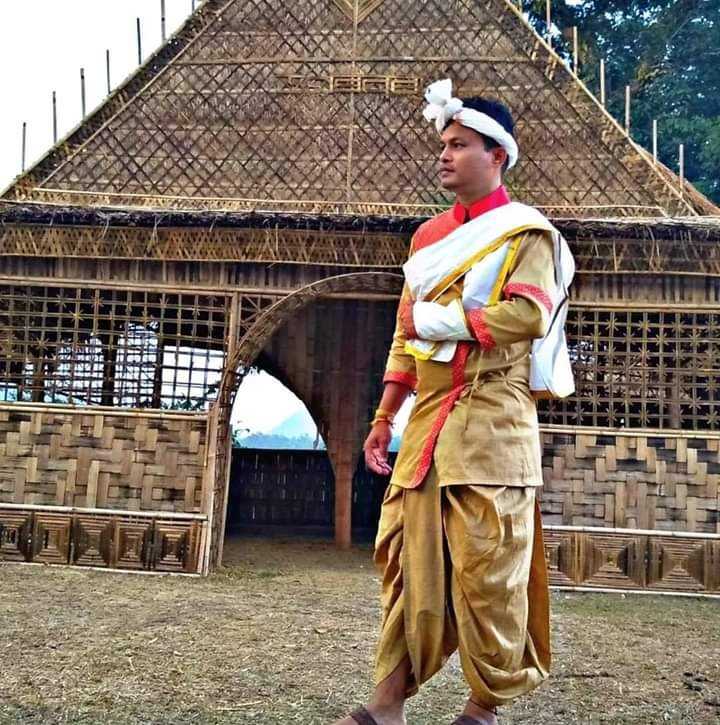
-FESTIVALS AND RITUALS
However, the Tai-Ahom adopted the beliefs and practices of the local population to attain administrative power. Numerous Hindu customs and beliefs were adopted by the community.
The Tai-Ahoms have been following several traditional festivals in Assam, both in society and in the family. Of these, Poi-Chankien or Bohag Bihu, Mai Ko Chung Phai or Meji Joluwa Utsav, and Chip-song-ka or Kati Bihu are very important. But the main part of these three Bihus is ancestor (Dam) worship.
After the rice storage begins, a ceremony called ‘Khek-Hu-Chung-Khura’ is celebrated.
Another agro-based ceremony, Phang Chi Mung, is celebrated for the well-being of the village during crop failures, epidemics or bad weather.
Chora Utuwa Aai Sabah (Chora means boat, Utuwa means swim and Aai means mother) The ritual is usually observed during the rainy season to get rid of diseases.
Kin-on-Meu or Na-Khuwa, a very popular festival among Tai Ahoms, is observed in the New Year's or Aghun month. In this festival also the first seasonal crops, vegetables, and fruits are offered to the ancestors.
Tai-Ahoms do not have separate prayer halls. Deodhais and Bailungs set up their dam post in the eastern corner of their kitchen, while Mohan does the same in the western corner.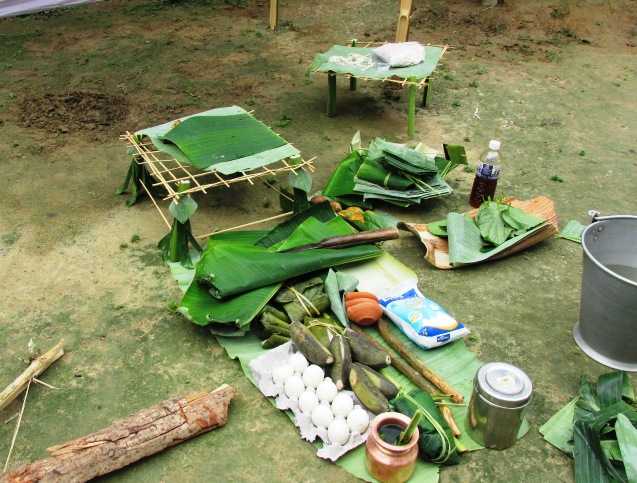
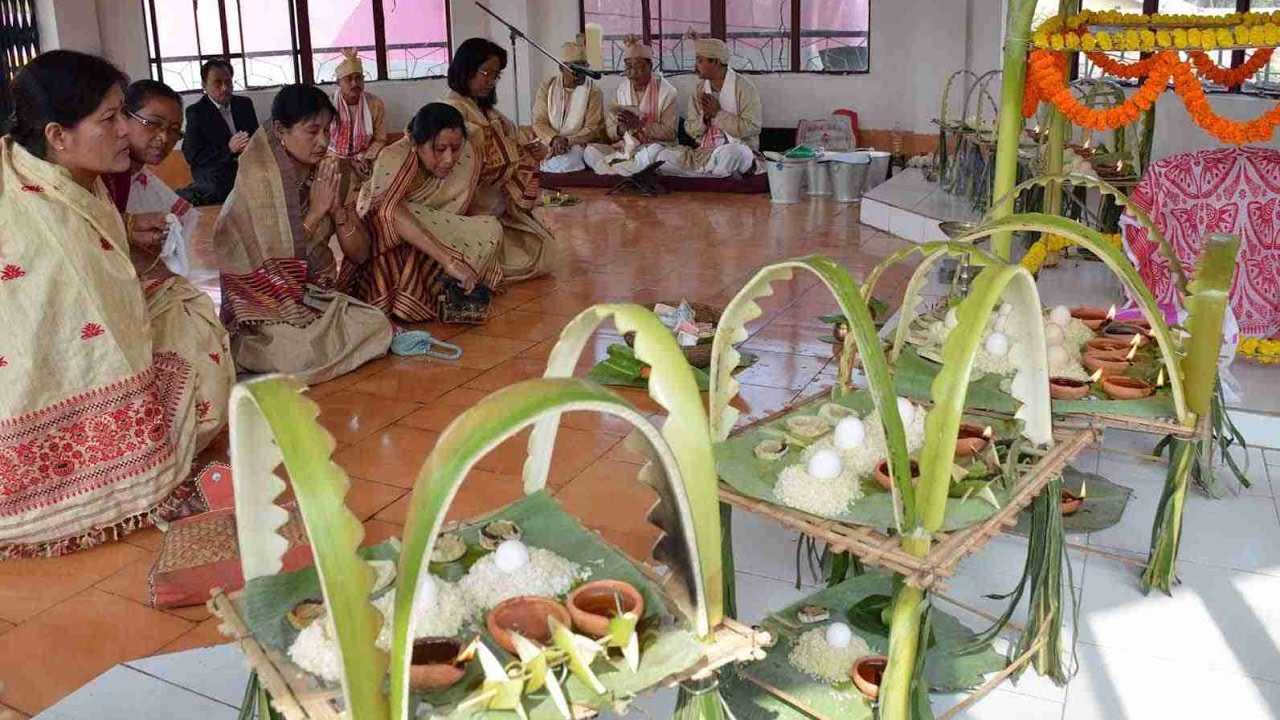
-DANCE AND MUSIC
According to Assamese history, the first Bihu dance was performed in 1694 when Ahom king Rudra Singh (1696–1714) invited Bihu dancers on the special occasion of Rongali Bihu.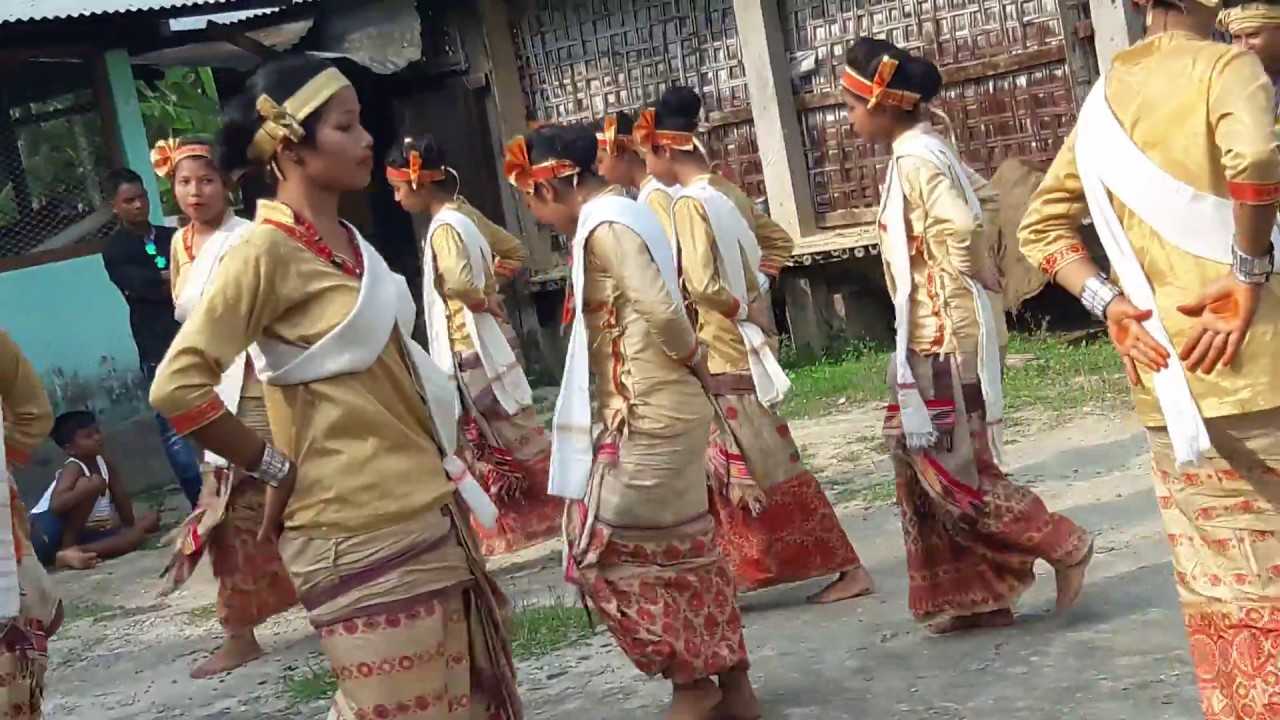
MUSICAL INSTUMENTS USED IN TRADITIONAL BIHU:
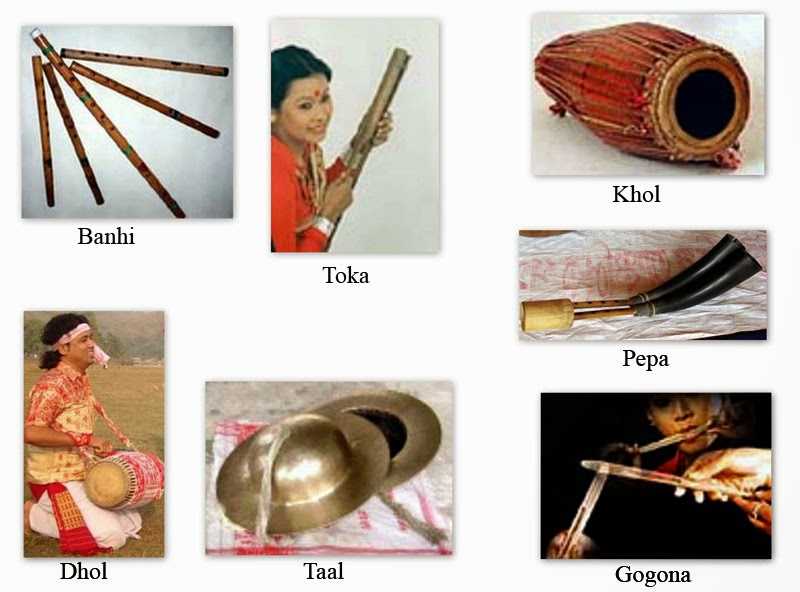
-THE TRADITIONAL CHAK-LONG MARRIAGE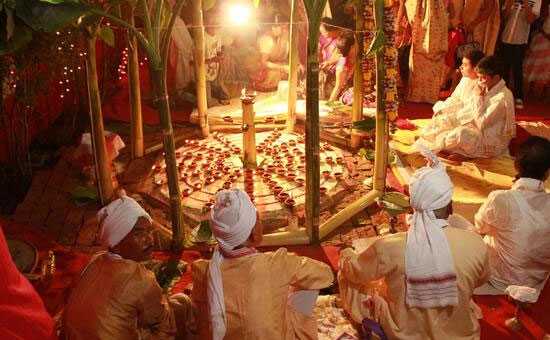
present-day, the three-day ceremony is celebrated among Tai Ahom people but in ancient times, the wedding celebration was a long nine-day ritual.
The High Court of Guwahati has also recognized Chak-Long as a customary Ahom marriage system.
It is believed to be a social practice followed by all the Ahoms and is seen to be the practice of since in the days of the kings.
Day 1 of marriage is called 'Joron Diya'. Joron-Diya ceremony is an activity in which the groom's family presents clothes and jewelry to the bride. The Joron includes wedding attire (a maximum of seven sets, or at least three sets), and jewels.
Other necessities such as pen-knife, lime box, and two earthen pots embellished with cotton thread are wrapped with a pretty handkerchief and stuffed with rice with a fresh twig of mango having five leaves planted in each of them and four packs of a paste of black lentils, called 'mati-mah' and turmeric.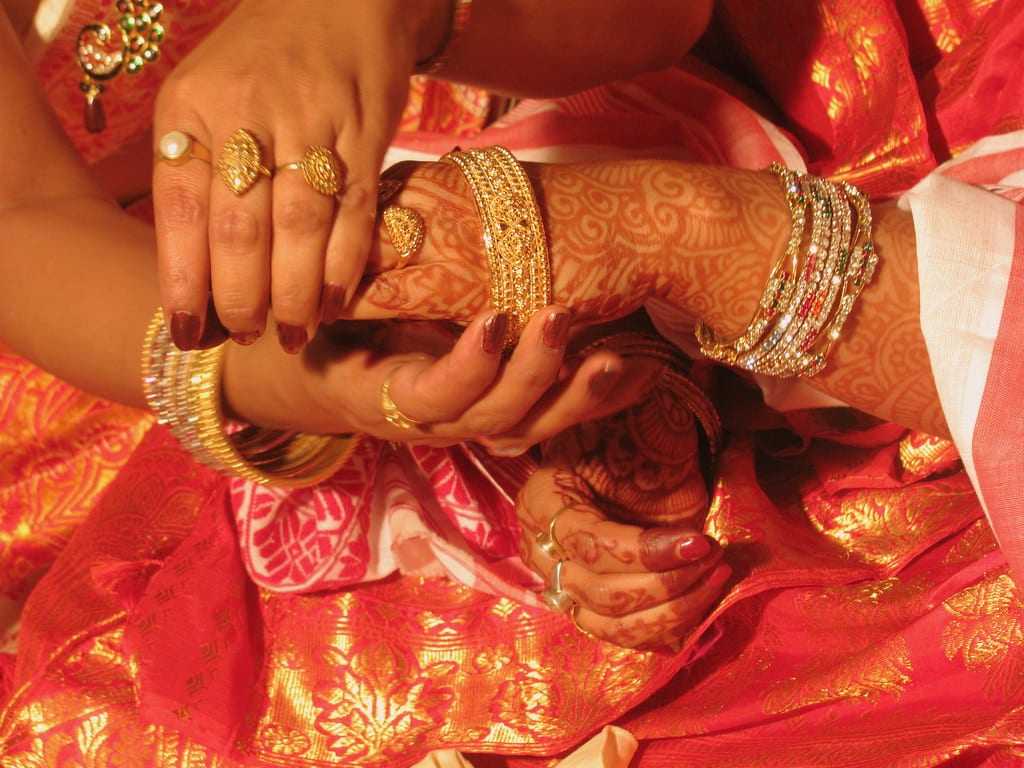
Day 3 is called the chak-long day and is the most hectic day. On this day, the work of Dayan-Diya is done before sunup in the morning. The etching of water from the river called pani-tola is the bathing of the bride and groom on the wedding day.
The groom moves to the bride's house with a colorful procession. The groom along with his best friend called Dora-Dhora goes to the bride's house along with senior family members, relatives.
On the way to the bride's house, the groom's procession is stopped by a band of youths. This practice is called Dara-Agocha. The boy who stops the groom asks for money and asks some questions respectfully. The party is treated with respect by offering betel-Nuts along with some of the money kept on a sarai. After this the groom's party is allowed to proceed and everyone is greeted.
The groom is welcomed at the entrance of the bride's house and the priest then proceeds for the wedding ceremony.
The ritual starts with the Lagna-gathi. One end of the bride's cloth is tied to the groom's cloth. Following this, the bride and groom pray to God. At the ending of the prayer, the bride raises the hangdang placed on a plate and addresses the groom to defeat his enemies, look after his family and do good for the welfare of the country. After this, the groom accepts the hangdang from the bride.
Next, the bride holds a cloth named Kavas and offers it to the groom. She addresses the groom and says 'O' my Bangahardev (husband), you protect all by wearing this Kavas-Kapur. The groom accepts this and pledges to subdue the enemy and the wicked.
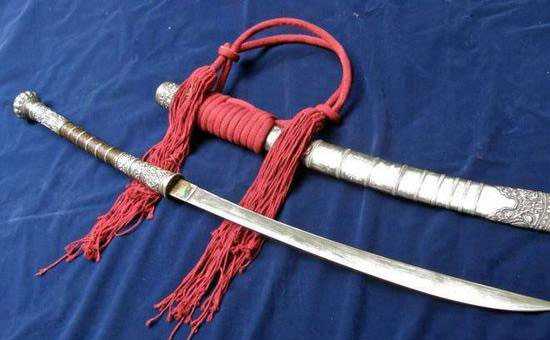
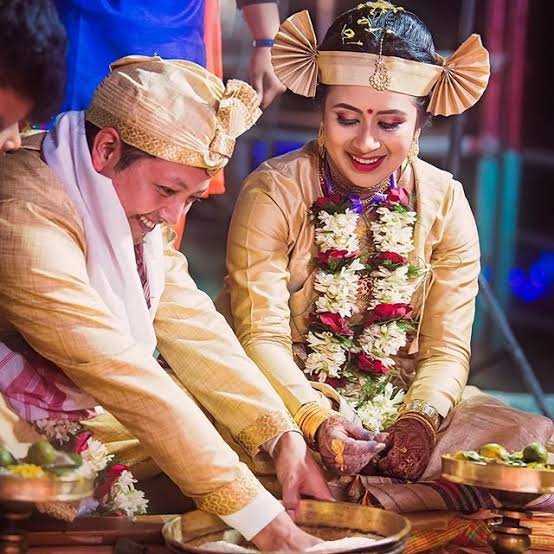
These promises with Hangdang show the courage of the person. From spinning the cotton to the weaving of fabric and finishing it for use, the bride has to make kavas-kapur in a single night. This proves the ability of bride.
FOOD:
TUPULA BHAAT: steamed rice wrapped in leaves
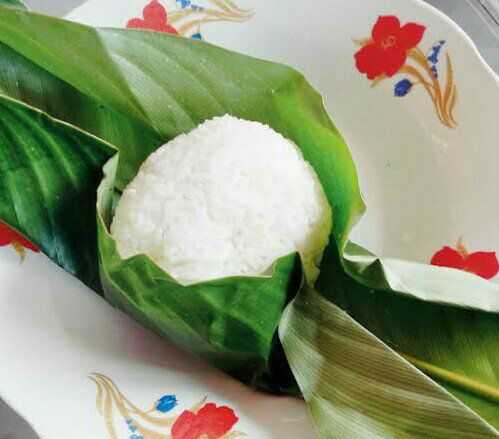
GAHORI MANXHO (pork meat)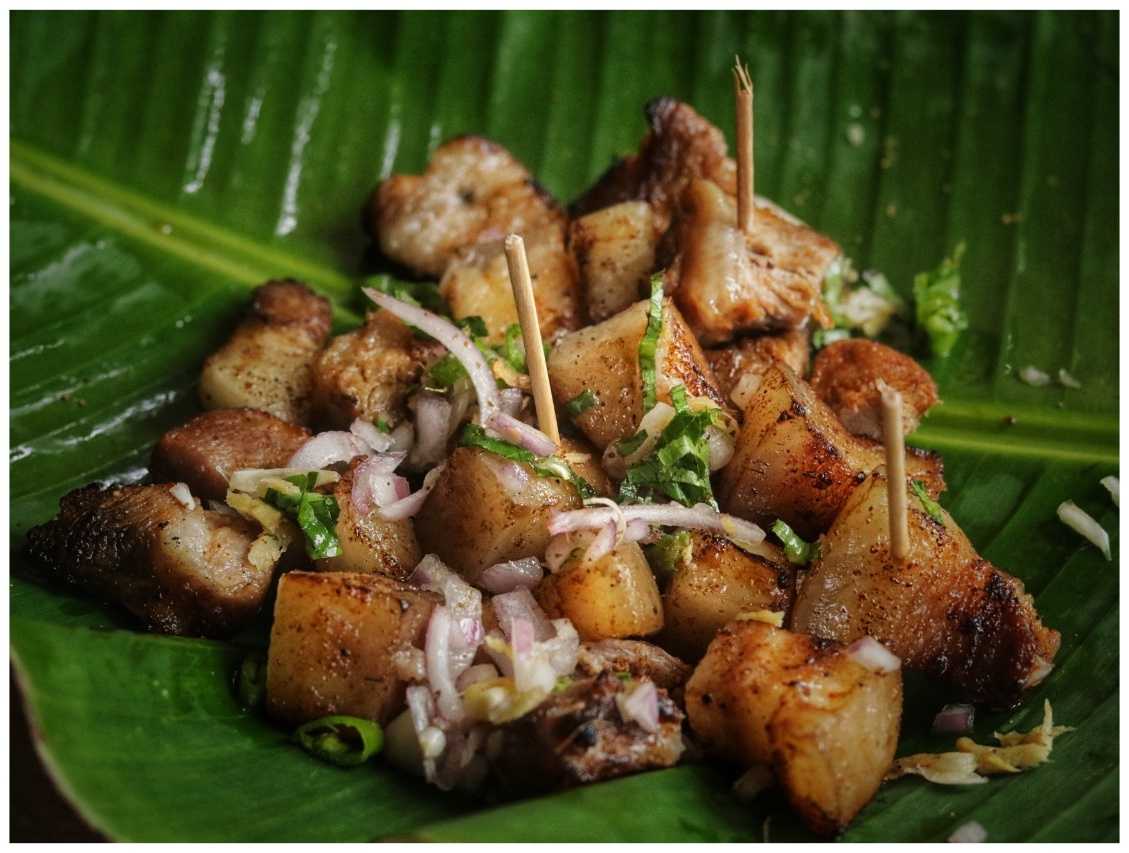
KHAR : Traditional assamese dish made of young papaya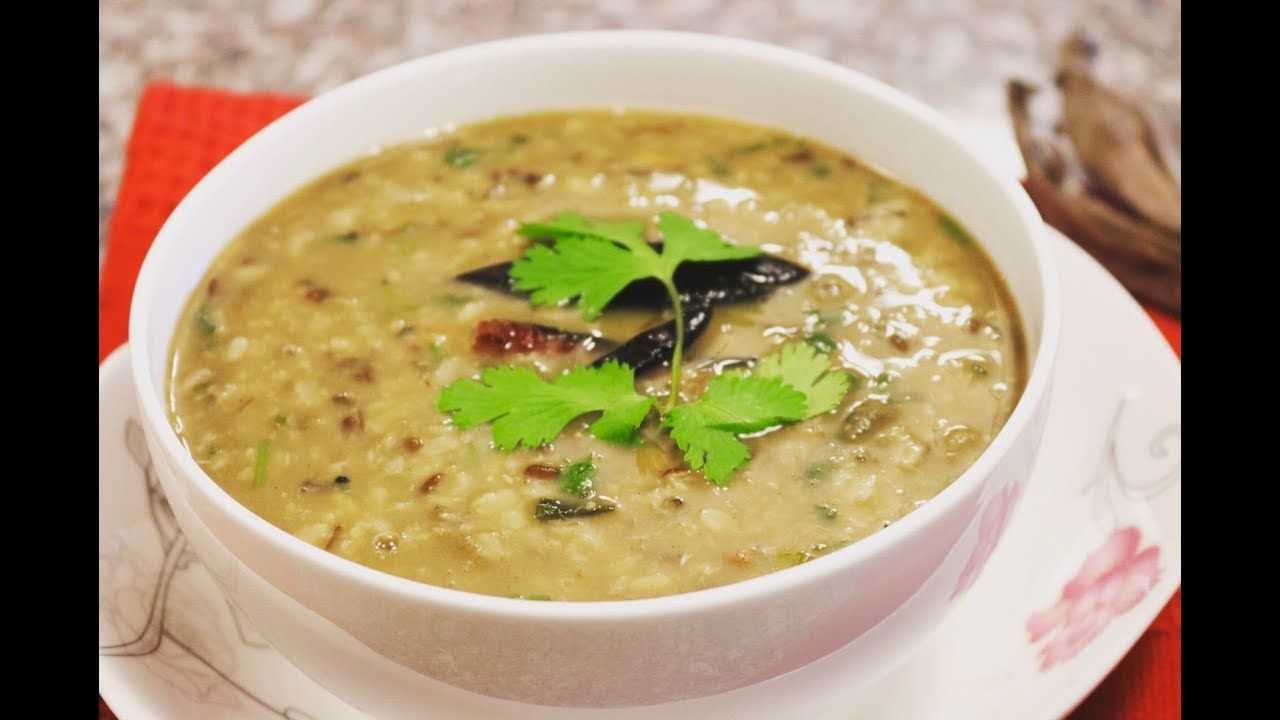
OU TENGA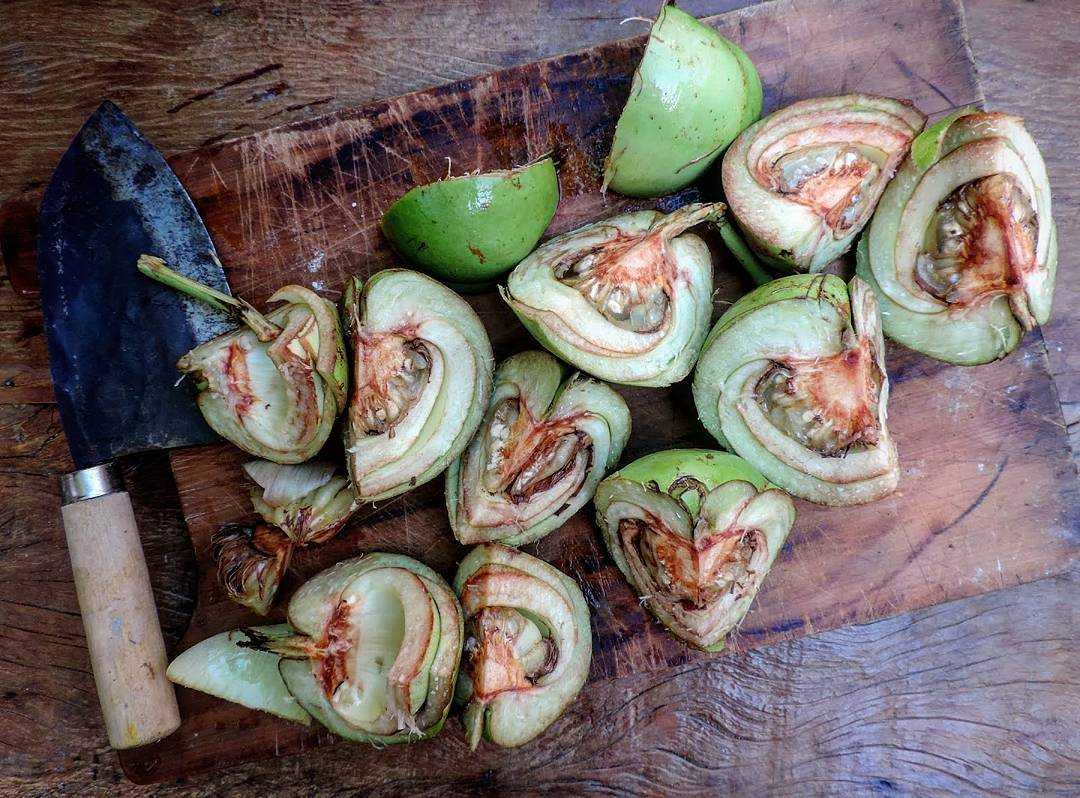
LUKE-LAO (rice beer)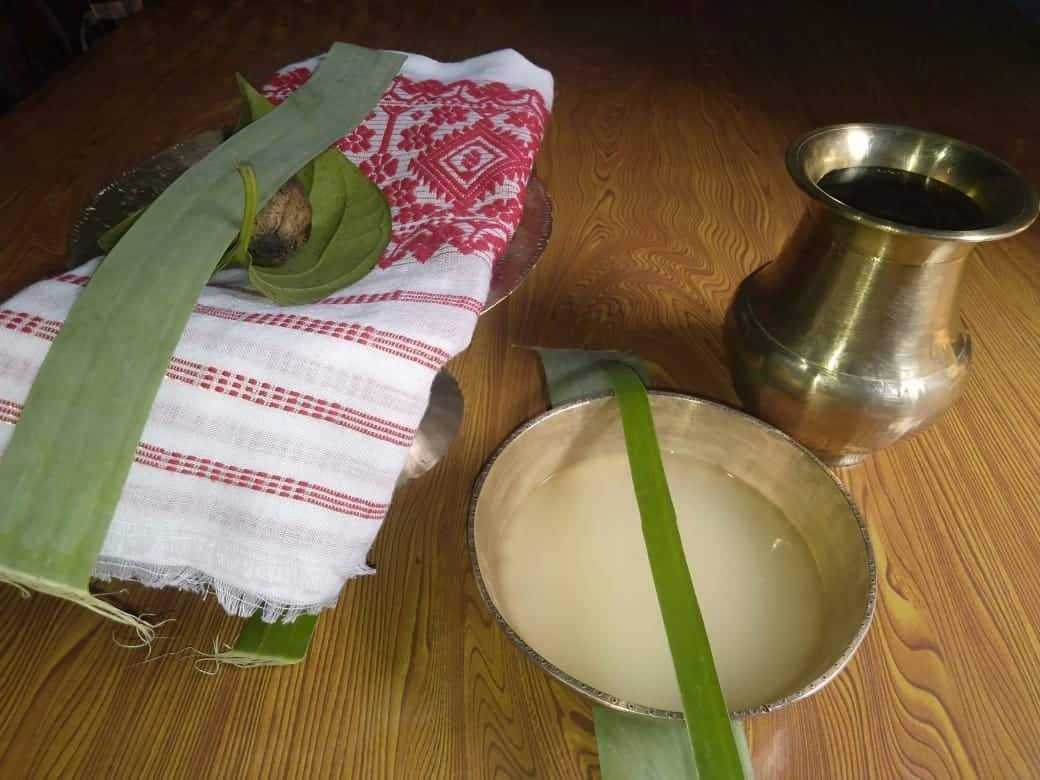
HOKUTI MAAS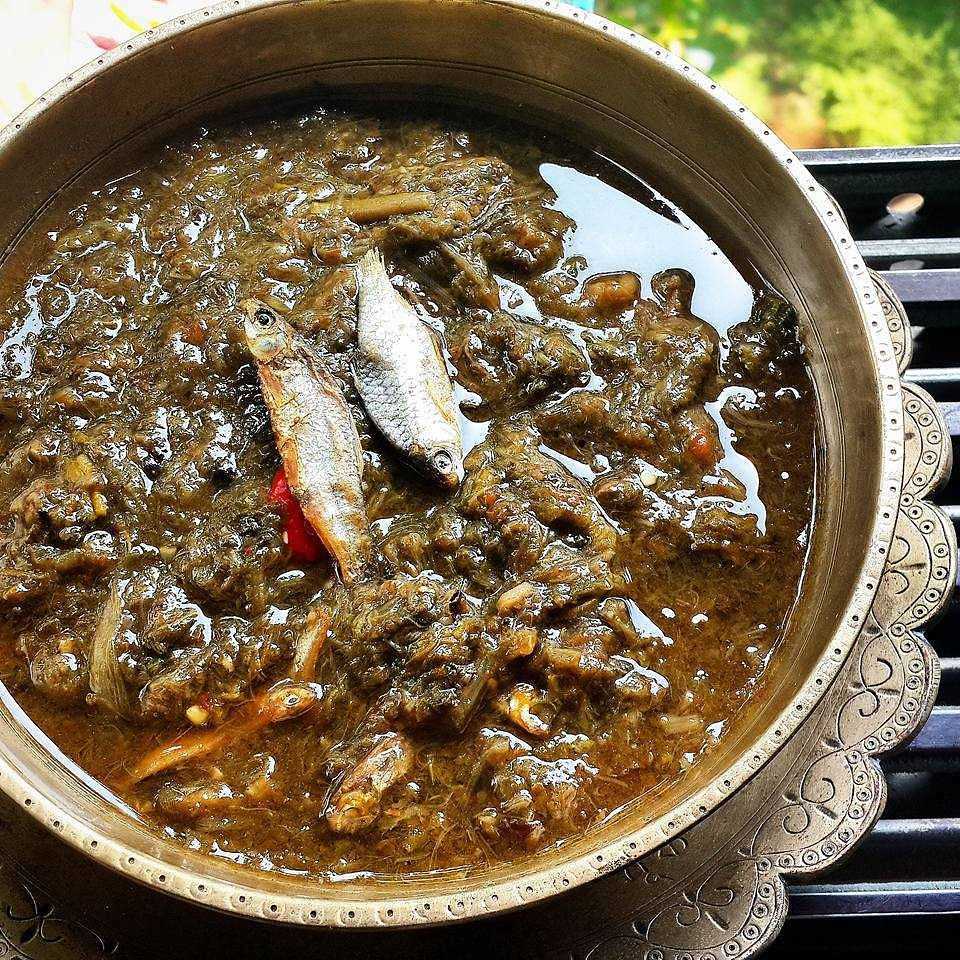
HOKUTI MAAS : Hukoti is a special fish dish prepared from dried small fish like (puthi maas) pounded with arum stem and dried and stored in bamboo tubes.
ACCOMMODATION:
Like the rural Thai people of Thailand, the rural Ahom family house is made of wood, bamboo, and the two terraces are usually designed by hay grass. The land of each family garden is located near their home. Residents' homes are built in a fashion scattered within bamboo trees.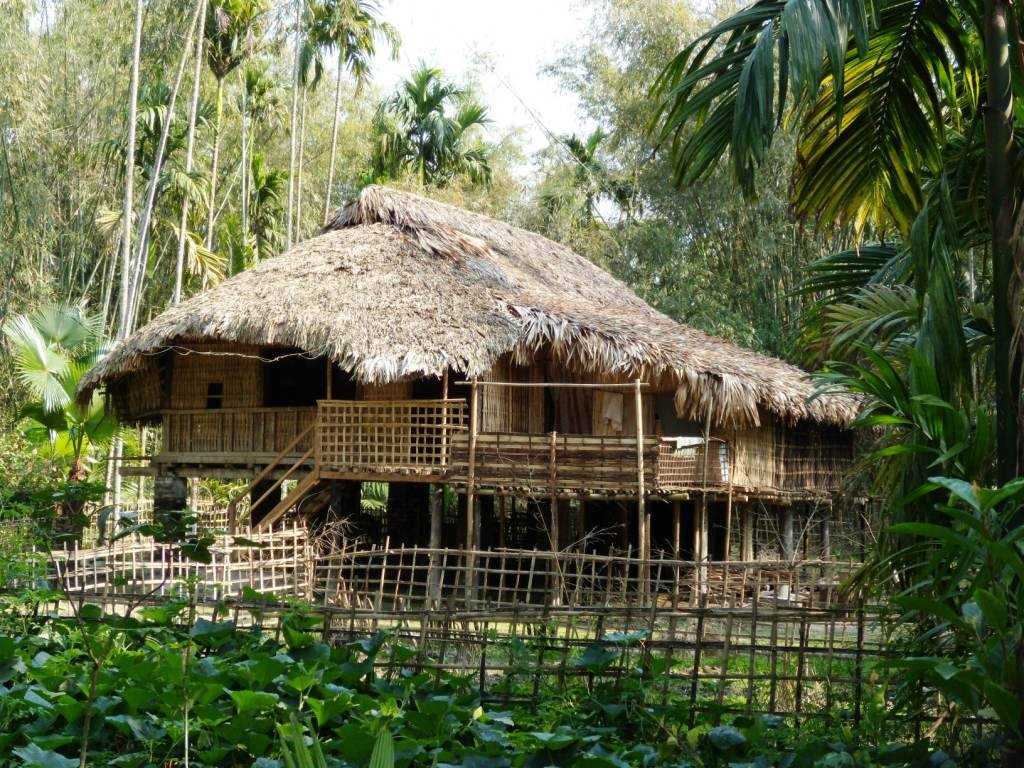
AHOM ECONOMY:
The economy of the early Ahom kingdom was simple. The primary occupation of the Ahoms was agriculture.
They introduced new methods of wet rice cultivation.
Almost all the men served in the army during the war. Under normal circumstances, they had to have a living building, embankment, irrigation system, and other public works.
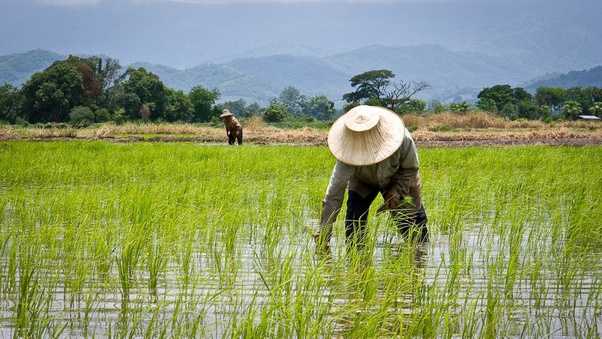
SOURCES
http://www.assaminfo.com/culture/3/chaklang-traditional-ahom-marriage.htm
http://lakhimi.blogspot.com/2015/04/the-ahom-tribes-and-their-marriage.html
http://sealang.net/archives/ahom/
https://www.openbookpublishers.com/htmlreader/978-1-78374-062-8/2.Morey.xhtml
